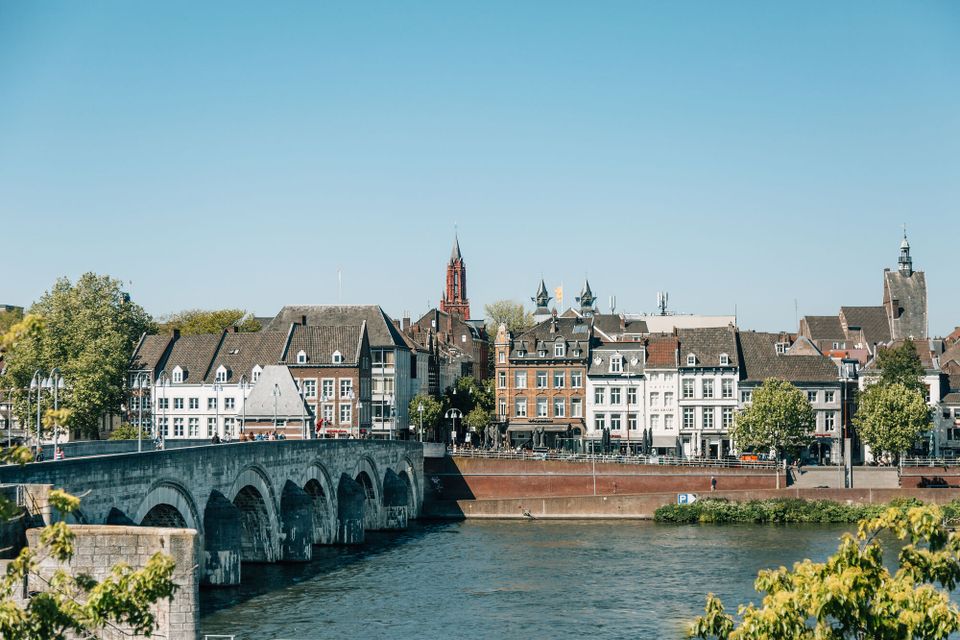Dive into history
In today's Maastricht, you will come across traces of 70 million years BC. It is hard to imagine when you walk through its cosy streets, but at that time, this part of Europe was sea! The city emerged much, much later as a Roman fortress. In the centuries that followed, Maastricht had all kinds of functions, from religious hotspot to industrial city. All those periods in history have had their impact on the city that Maastricht is today.
-
Cretaceous Sea
Cretaceous Sea
70,000,000 B.C.
Discover moreAbout 70 million years ago, the Cretaceous Sea, a shallow subtropical sea, covered Maastricht and the rest of southern Limburg. This is where the Mosasaurus, among others, lived. The yellow limestone layers that can be seen in Maastricht's caves, for example, date back to this time.
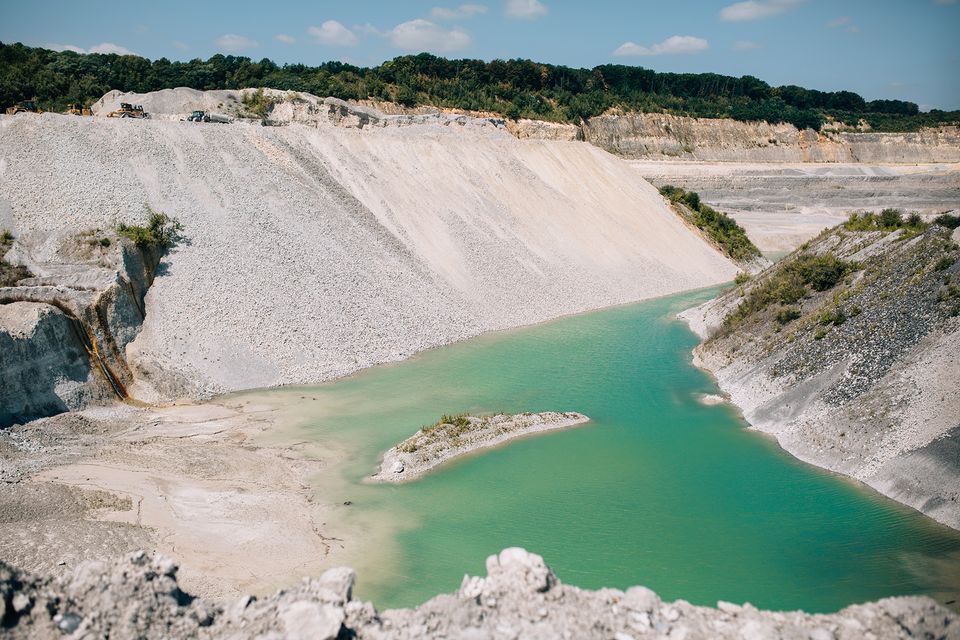
-
Roman fortress
Roman fortress
1st century AD.
Discover moreIn the 1st century AD, the Romans founded a settlement called 'Mosa Trajectum' on the site of present-day Maastricht. This settlement was conveniently located along the Roman trade route Via Belgica and along the Meuse.
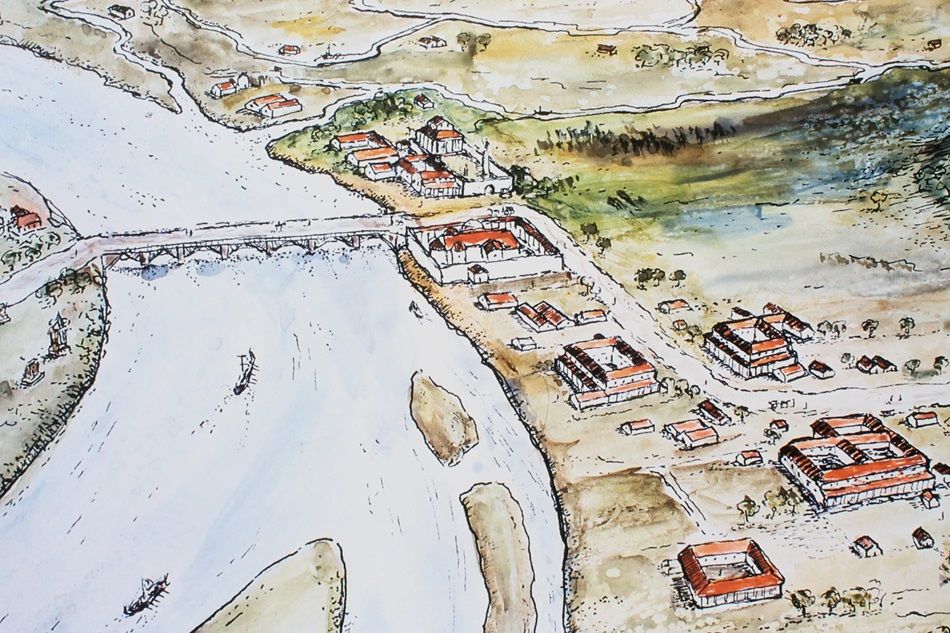
-
Religious hotspot
Religious hotspot
Up to 1100 AD.
Discover moreIn the Middle Ages, Maastricht was one of Europe's religious hotspots. The walled city was popular with defenceless monks seeking a safe haven, and the tomb of the holy bishop Servatius attracted millions of pilgrims to the city.
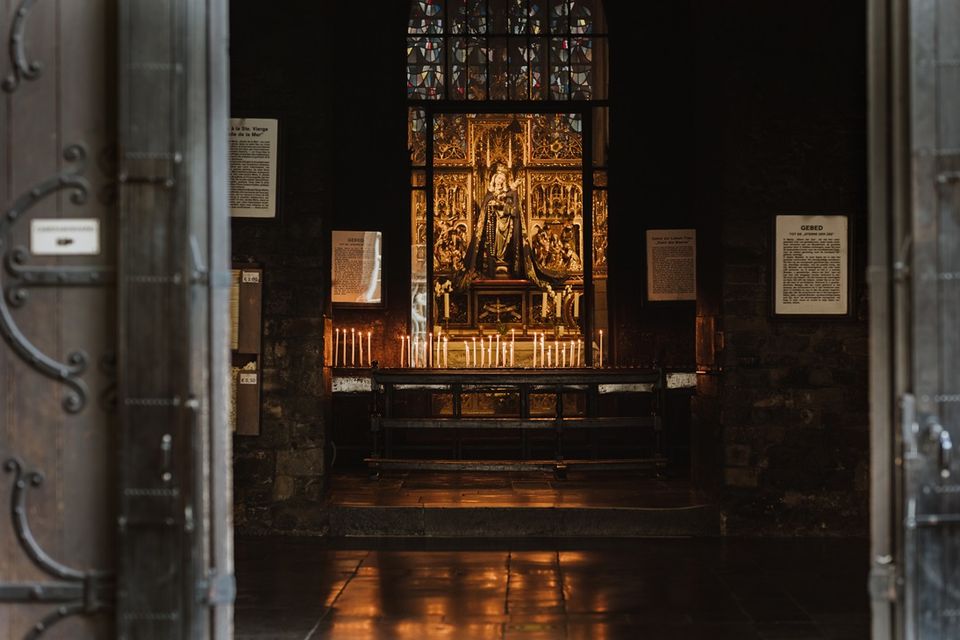
-
Middle Ages
Middle Ages
500-1500
Discover moreSurrounded by secure stone city walls, Maastricht grew into a prosperous city in the Middle Ages. The city's economy flourished because of the lively trade in leather, cloth and other goods made in Maastricht.
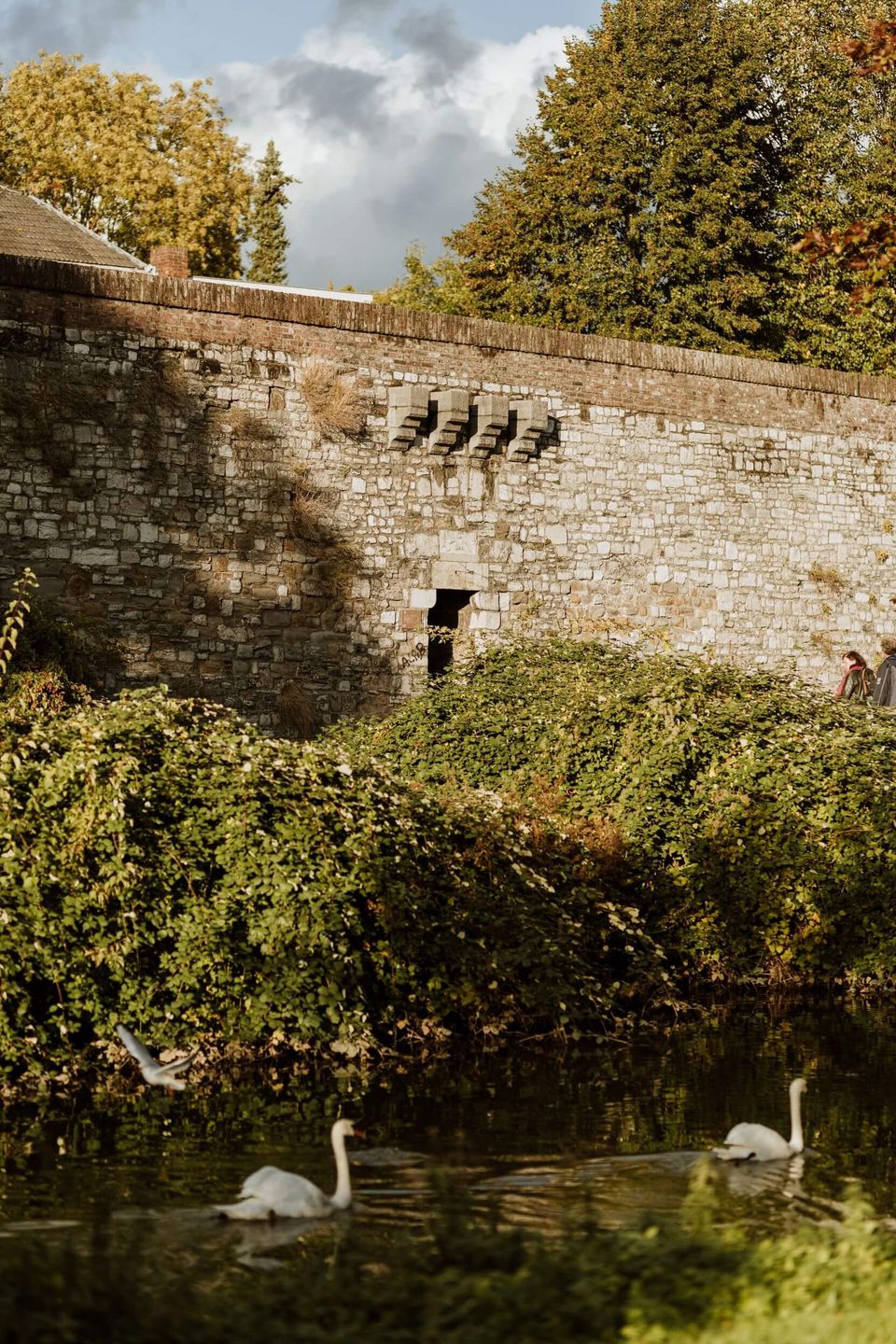
-
Garrison City
Garrison City
1500-1800
Discover moreThis period in Maastricht is characterised by war after war and assaults by various rulers. Many fortifications in the city such as Fort Sint Pieter were built during this time to protect the city from enemy attacks.
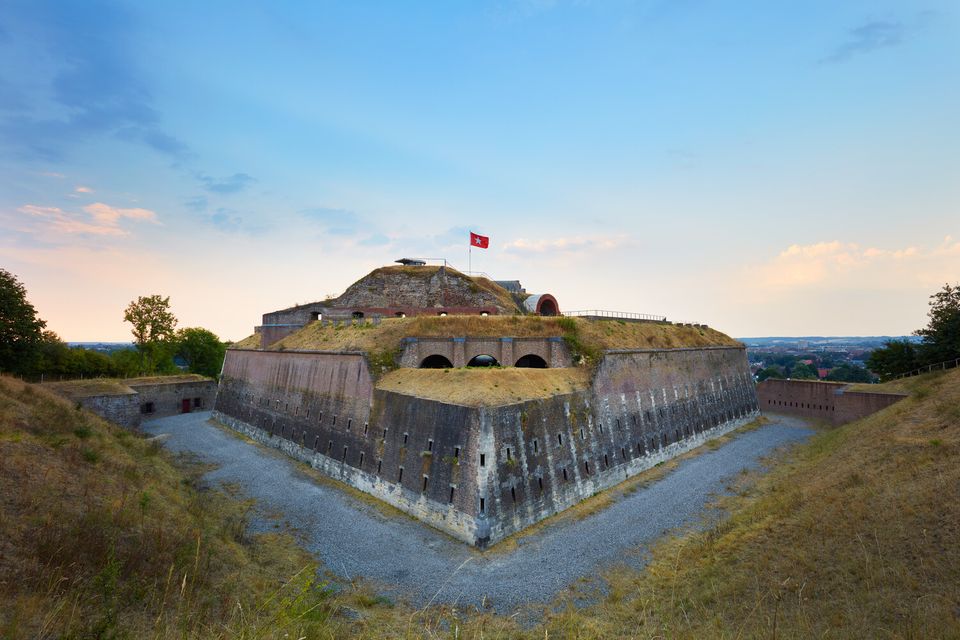
-
Early industrial city
Early industrial city
1800-1900
Discover moreAs the oldest industrial city in the Netherlands, Maastricht acquired a whole new identity in the 19th century. Thousands of people worked in large pottery and glass factories founded by Petrus Regout.
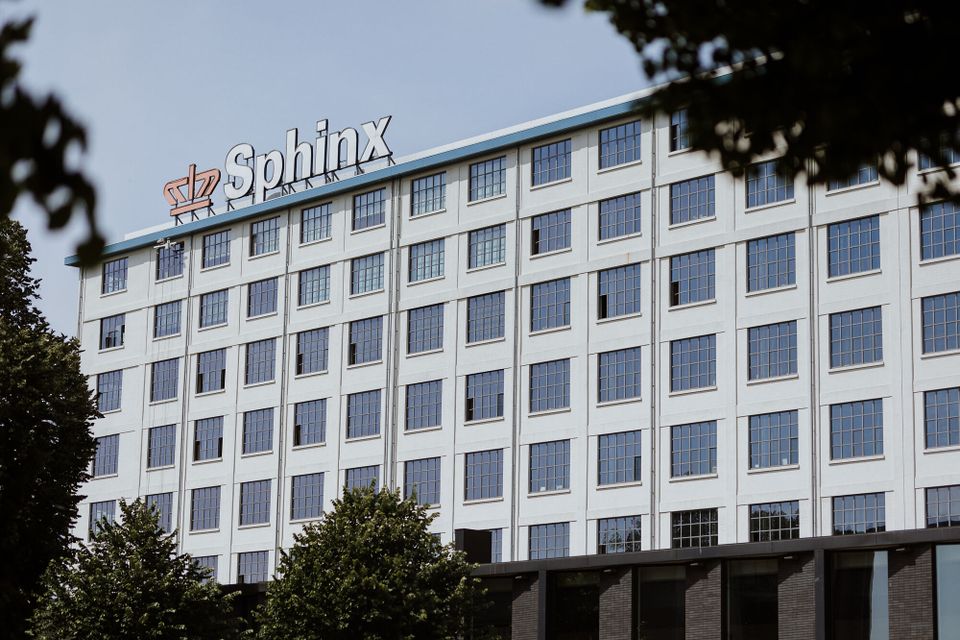
-
World War II
World War II
1940-1945
Discover moreOver 300 Maastricht residents were deported during World War II, but fortunately the city was also able to provide a safe haven for many people in hiding. Maastricht's kazematten and caves were used as air-raid shelters during this time.
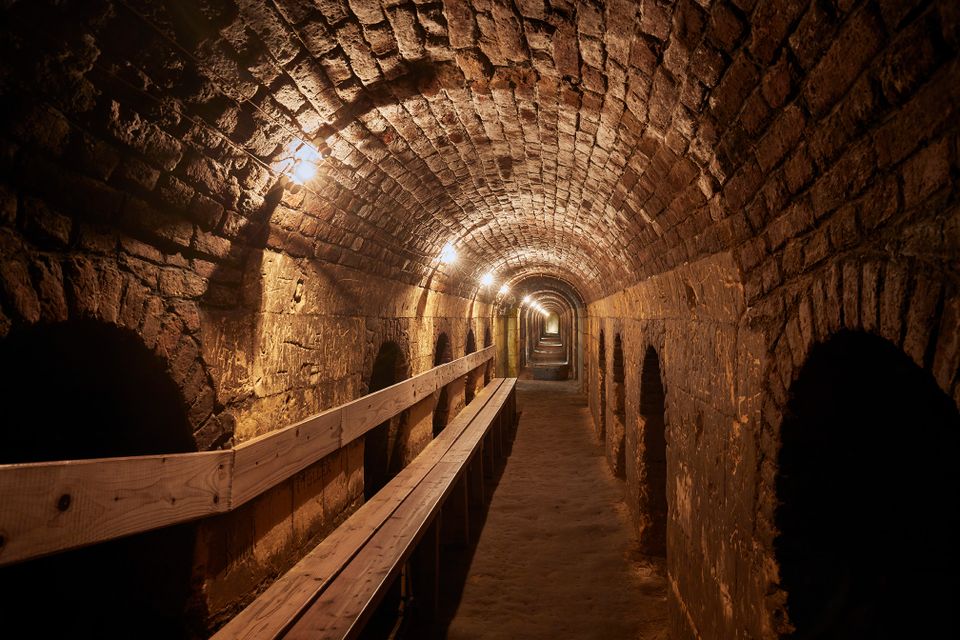
-
International university city
International university city
From 1969
Discover moreIn 1974, the Netherlands' eighth medical faculty was founded in Maastricht. The then Rijksuniversiteit Limburg attracted many students to Maastricht, breathing new life into the city.
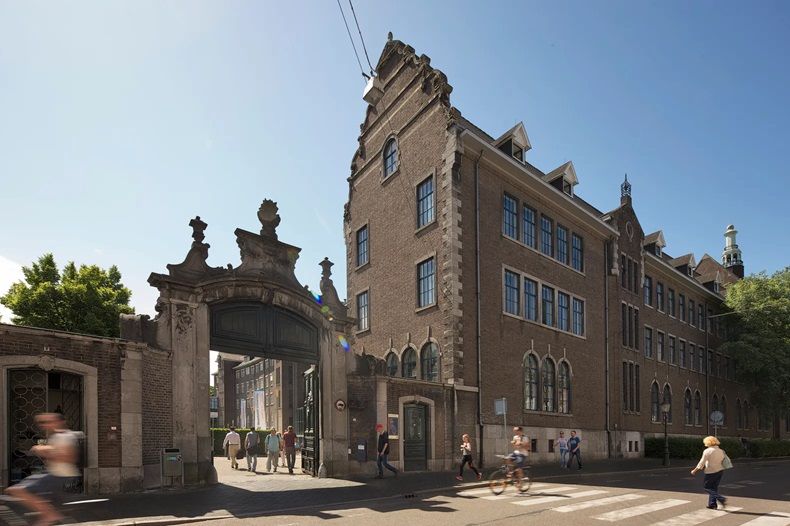
-
Maastricht Treaty
Maastricht Treaty
1992
Discover moreOn 7 February 1992, the 12 heads of government of the European Union signed the Maastricht Treaty. This signing at the Government House was the starting signal for, among other things, the introduction of the euro.
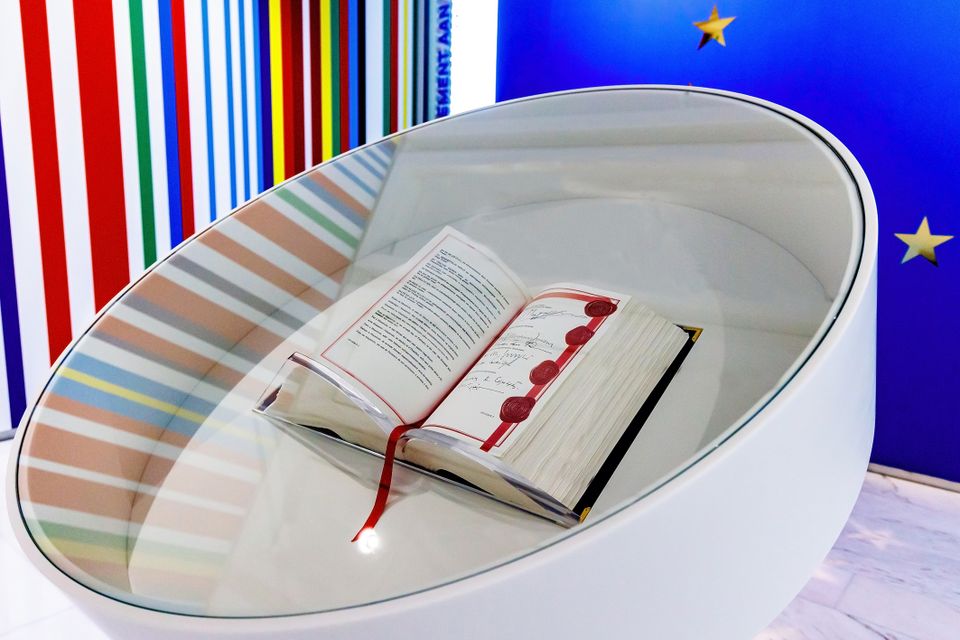
-
New developments
New developments
2018-present
Discover moreIn 2018, the King Willem-Alexander Tunnel was opened in Maastricht to replace a busy link road off the A2 motorway. On top of the tunnel and in its surroundings, the Groene Loper meanders. With the development of this green space, more peace and quiet in the city will be built in the coming years.
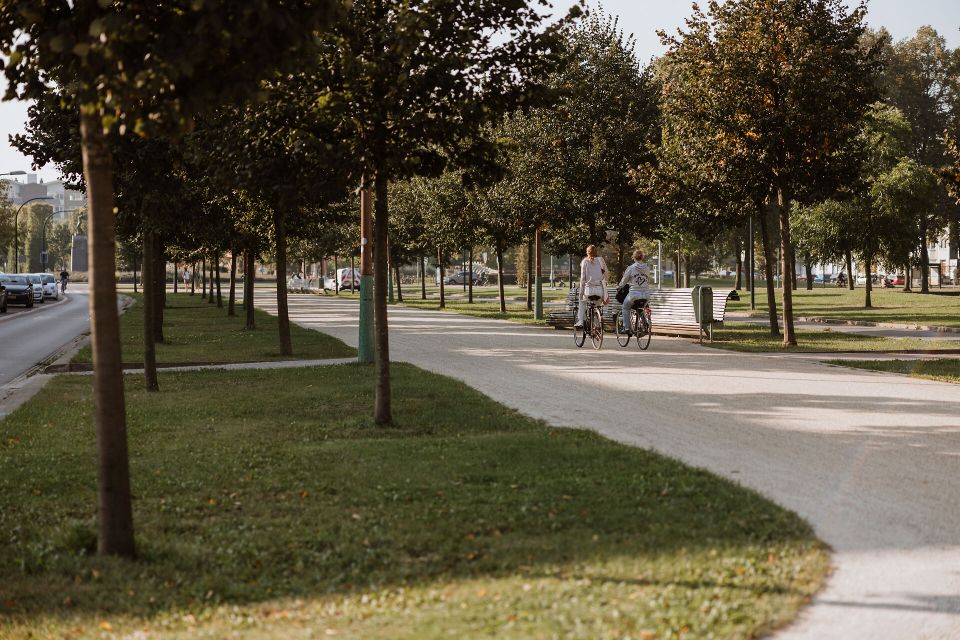
Experience history - of Maastricht
-
Historic architecture in Maastricht
Historic architecture in Maastricht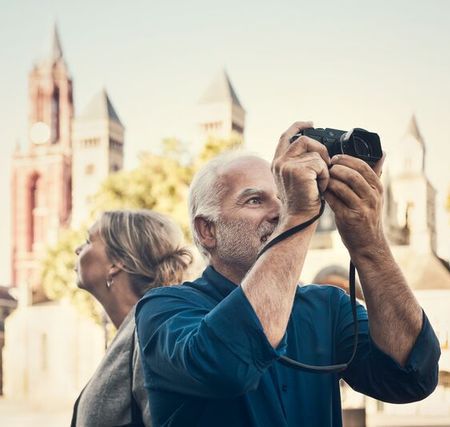
Maastricht has a rich past and you can feel it when you wander through this city. Every building has its own story. We tip three mystical buildings that are not to be missed.
-
Building bridges for the Pilgrimage Of Relics
Building bridges for the Pilgrimage Of Relics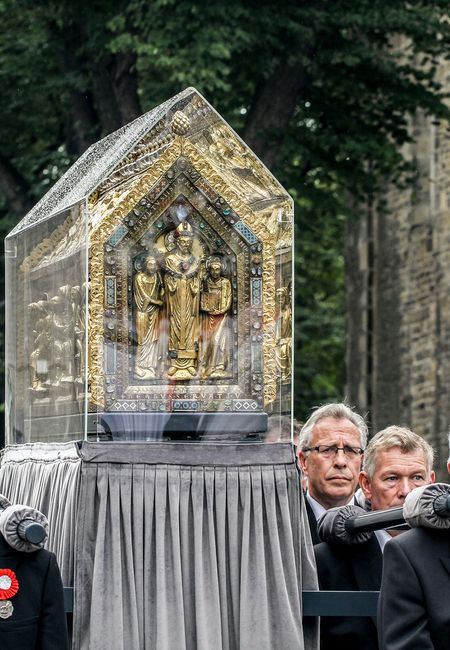
From 12 to 22 June 2025, Maastricht will celebrate the Pilgrimage Of Relics, with the theme 'Be a Bridge Builder'. The city invites to connect, heal and create a world where tradition and modernity reinforce each other.
Read more about Building bridges for the Pilgrimage Of Relics
-
The most beautiful diversions runs right through the city
The most beautiful diversions runs right through the city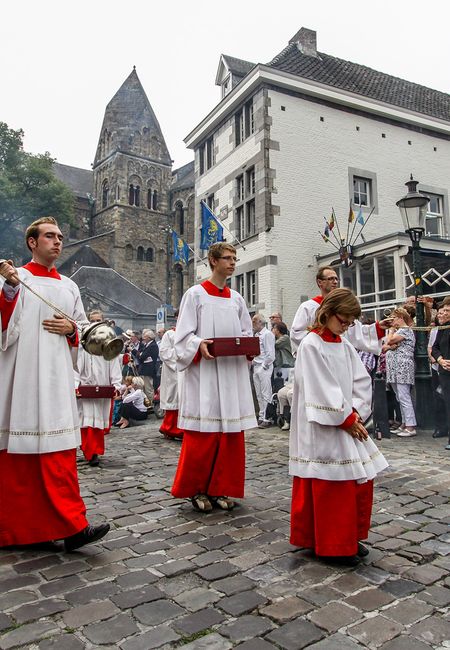
About parades, processions and polonaises and why the prettiest diversions in Maastricht is often the best route.
Read more about The most beautiful diversions runs straight through the city
-
The history of the Dinghuis in Maastricht
The history of the Dinghuis in Maastricht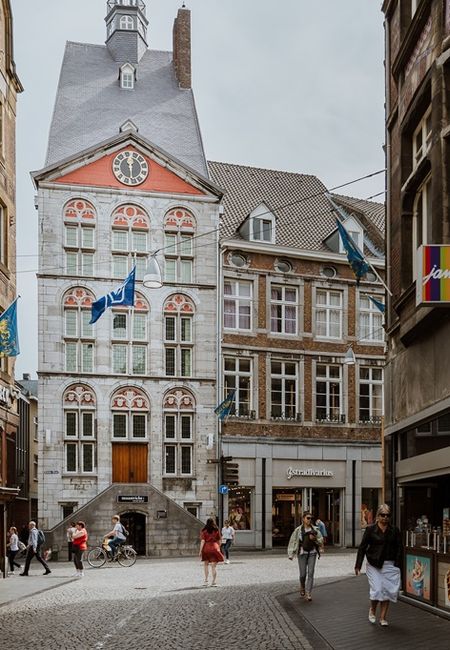
The Dinghuis in Maastricht has stood proudly since its foundation in the late Middle Ages and is packed to the brim with interesting stories.
-
Cretaceous walk Mount Saint Peter (St. Pietersberg hill)
Cretaceous walk Mount Saint Peter (St. Pietersberg hill)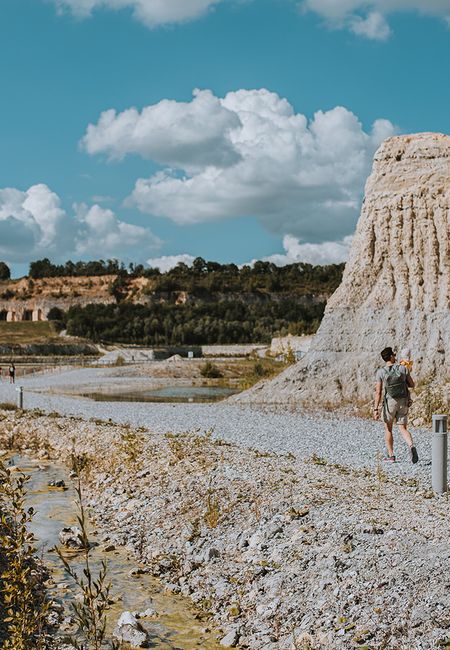
The Cretaceous Walk takes you through the unique chalk landscape of Mount Saint Peter (St. Pietersberg hill), with history, quarries, nature and industrial heritage.
Read more about Cretaceous Walk Mount Saint Peter (St. Pietersberg hill)
-
Spanish influences in Maastricht
Spanish influences in Maastricht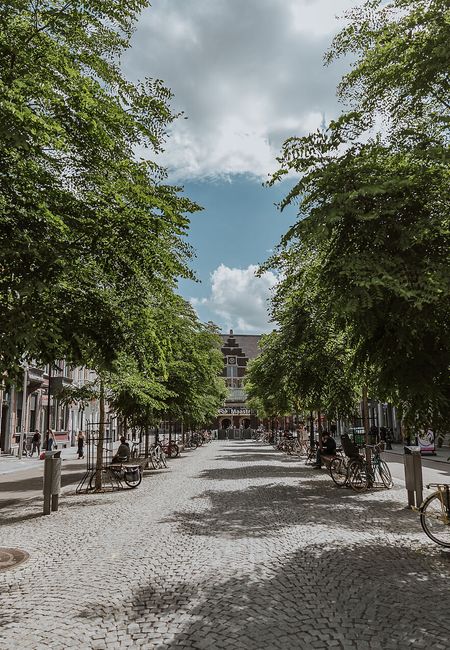
Maastricht is incredibly rich in Spanish influences, although you might not say so at first glance. We take you through the city's Spanish atmospheres in this blog.
-
Discover Maastricht's Belgian past
Discover Maastricht's Belgian past
Where our special connection with Belgium has left its mark in the distant past and where Belgian delicacies soign the menu? Alléz, read on!
-
Discover the Maastricht gem Château Neercanne
Discover the Maastricht gem Château Neercanne
Kasteel Neercanne sits proudly against the hills and overlooks the Jekerdal through which the river Jeker flows. This unique terraced castle is really worth a visit!
Read more about Discover the Maastricht pearl Château Neercanne
-
Roman walk
Roman walk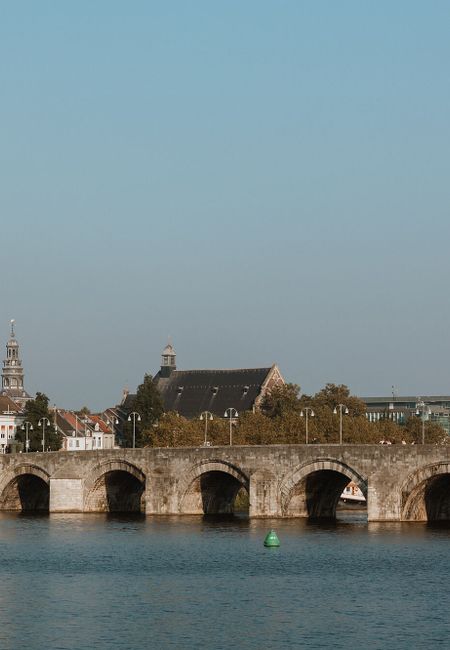
Explore Maastricht's Roman past on a walking tour and discover the remains and stories of the ancient Romans.
-
Discover the history of d'Artagnan in Maastricht
Discover the history of d'Artagnan in Maastricht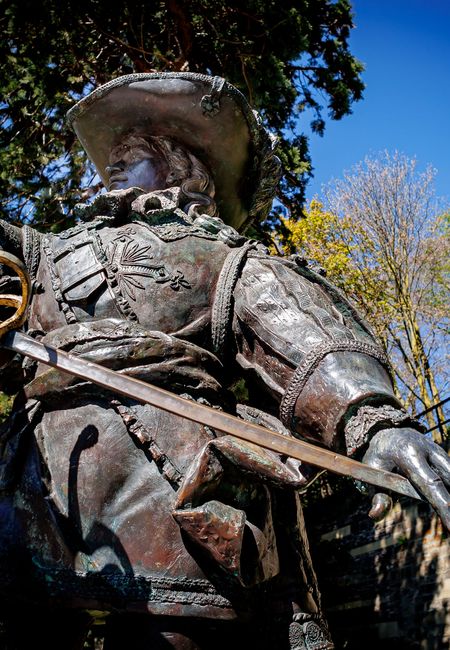
Over 350 years ago, d'Artagnan was killed in Maastricht during a bloody battle between French and State troops. Go on a tour of historical sites and find out what his illustrious life was like.
Read more about Discover the history of d'Artagnan in Maastricht
